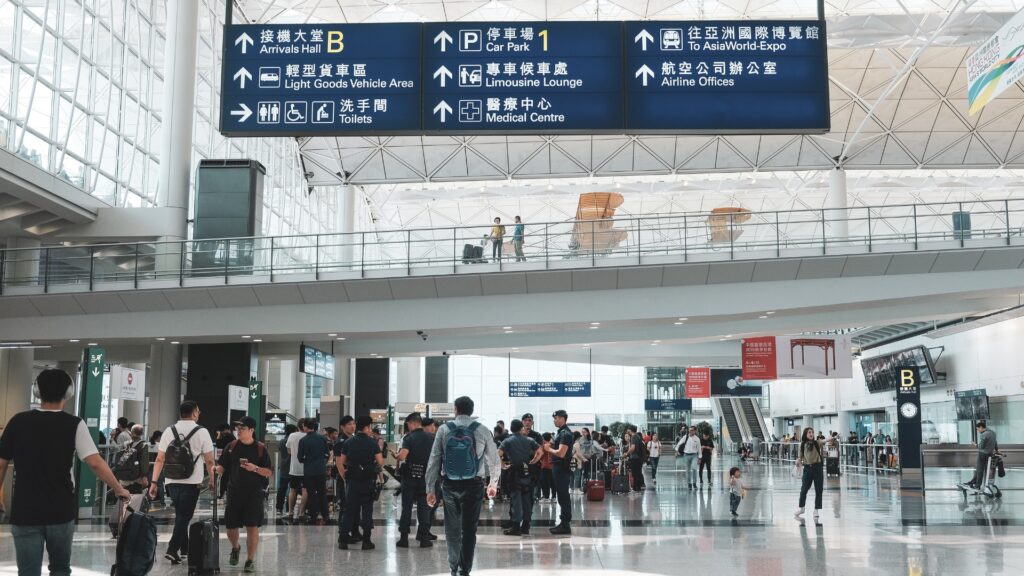The Power of 4: A Flight Through Indian Aviation
The Power of 4: A Flight Through Indian Aviation
Chapter 1 Cleared for Takeoff: The Rise of Indian Aviation
In Today’s world you cannot imagine a world without giant planes flying above In the sky carrying people to faraway places in a short span of time. Sounds unbelievable, doesn’t it? Yes it’s indeed More than just making travel easy and fasteraviation directly contributes to the world economy. But air travel does more than that; the aviation sector brings different cultures and people together, helps tourism grow, and supports local businesses.
Was this always the same?
No, Not long ago Flying was a luxury only accessible in the hands of few wealthy people fast forward to today India’s aviation sector is set to be the 3rd largest aviation market surpassing The UK. With more people prioritizing flights more than busses or trains keeping time and comfort as the major factors.
The Growing Middle class rising disposable income , availability of connectivity of flights to tier 2 and tier 3 cities and the launch of government initiatives like the UDAN scheme (Ude Desh ka Aam Nagrik) are the major tailwinds for the sector.

Low-cost airlines like IndiGo, SpiceJet, and Akasa Air have changed how people travel by offering cheap flights and quickly growing all over the country. Airports are busy with lots of people, new airports are being built and old ones are being improved improved. India is now one of the fastest-growing places for air travel in the world, with more planes flying and many new opportunities ahead.
Chapter 2 The Truth
Just like you have your own problems the Indian Aviation sector has its own. For all flights which are taking off there’s a harsh truth on ground that is many airlines being it Indian or foreign are struggling to stay sustainably profitable. Despite the high demand most air travel carriers are finding it difficult to cover their fixed costs.
Running an airline company is extremely difficult and extremely expensive as its a capital intensive business. Buying aircrafts rising fuel prices, thefty Airport charges constant aircraft maintenance, Time to time training for pilots, Huge amount of salaries, Aircraft standby charges and much more And they also have to keep their ticket prices very competitive. Airlines often find themselves in a war for trying to offer the cheapest prices to attract more and more customers , which severely affects their financial balance sheet.

To give you a context the cost of my favourite aeroplane which is also called the Queen of the skies the legendary A380 costs around ₹3714 Crore (New) And the average cost of running It is Around 26,000 US dollars to 30,000 us dollars equivalent to ₹22L to ₹25L An hour.
Take the case of Go First Airline, which recently halted its operation due to financial troubles and issue with the aircraft engine provider Pratt & Whitney. SpiceJet has also faced its own share of challenges indigo. Indigo Despite its dominant position in the market has seen dread times. These are just a few examples, that we have The struggle is real for many in the industry. As it is very hard operate sustainably and profitably in this industry.
Chapter 3 World War (of the Skies)
It’s not just the internal challenges, but also the global aviation itself is very competitive with the Global giants like Emirates, Qatar Airways and Singapore Airlines. These foreign carriers are known for their high and luxury services and have a much larger global appearance globally. While Indian airlines are doing their best to expand internationally but they still have a long way to go.
Air India , which is currently being operated by the TATA group , is working to transform itself, In the year 2023 Air India has placed a massive order of 570 aircraft from airbus and Boeing, including 250 airbus. And 220 Boeing aircrafts. The order includes a mix of narrow body and wide body aircraft , including the Efficent A350, 787 and 777X.
India’s aviation sector is growing fast. But to keep it flying, it needs to be stay strong on It’s financials too right now. They are more flights, more passengers. More airports and more people, who are you willing to travel, But at the same time, many airlines are losing money like anything. So if the growth is not managed well than its going to end soon.
Chapter 4: Turbulence Ahead? Time to Navigate Right
Firstly, the airline need needs to manage its cost efficiently. Fuel is their biggest expense and in India and It’s taxed heavily if the government reduces the tax Or includes fuel under the GST norms , it will be helpful for the airline industry in india to grow.
Secondly, the airlines must stop selling their tickets to cheap right now. Many airlines are fighting to offer the lowest prices to attract customers. But this can hurt them in the long run. They must try to set the prices keeping the fixed costs in mind and still be able to make a reasonable profit.
Lastly everyone has to work together to make India’s aviation sector better. The government can help by making good rules and reducing high taxes. Airlines can give better service and plan their flights. Accordingly, airport companies can build friendly and manage airport so that the passengers have a smooth experience.
Indian aviation is ready to fly higher- But now it must learn to fly smarter.
With Love From an AvGeek who is yet to make his first flight.
SayoNara!
Disclaimer: The views expressed in this article are for informational purposes only and do not necessarily reflect the official policy or position of any organization. If you have concerns or believe there are factual inaccuracies, please write to us at info@primejournal.in or Contact Us.
Second-year B.Com. (Hons) student at St. Xavier's College, Ranchi, A Certified Equity Research Analyst, and passionate finance enthusiast with a strong interest in stock markets and economic trends . Will be Covering Business Cum Economic sector coverage specializing Automotive and Aviation Sector.








